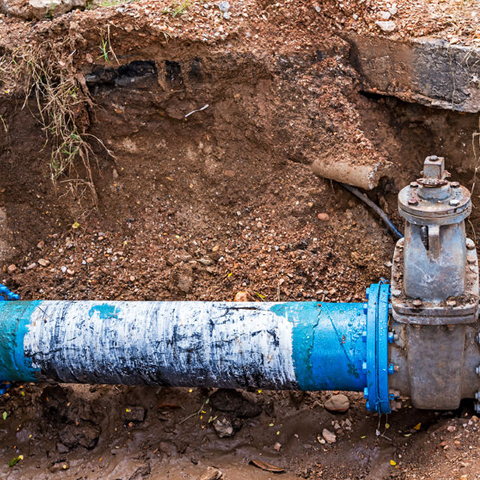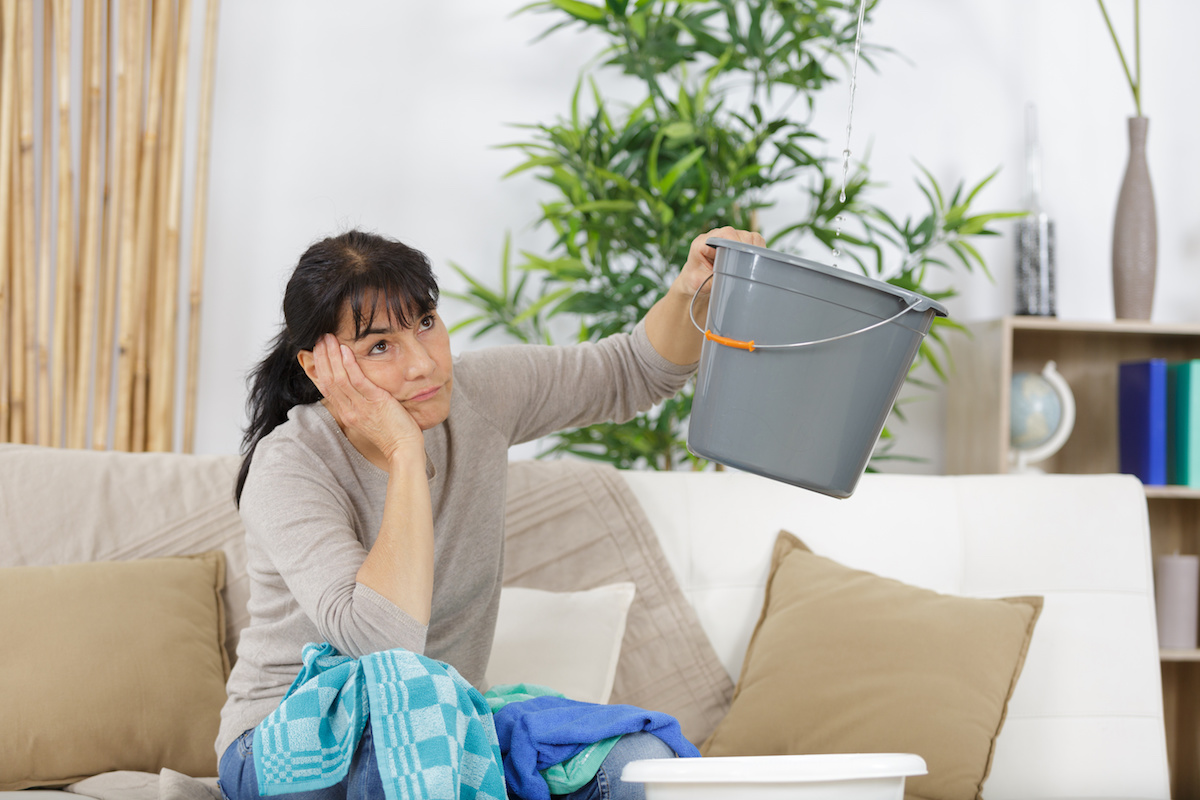From Detection to Correction: A Fast Approach to Handling Burst Pipes
From Detection to Correction: A Fast Approach to Handling Burst Pipes
Blog Article
We've stumbled upon this post about How to Prepare for Your Dishwasher Installation down the page on the internet and felt it made good sense to write about it with you over here.

A burst pipeline is a significant emergency; you can only stand as you enjoy water you pay a lot to reunite with the earth. In even worse instances, you discover a swimming pool on your cooking area floor, which is a great trip danger, especially if you have kids around. If the pipeline that ruptured was in your walls, bad news: you might require to repaint that entire area.
How can a disaster like a burst pipeline be prevented and handled? Well, by paying attention to your expert emergency plumbing professionals and following these policies.
Just how do I recognize when my pipes have burst?
Changing water stress
Pipelines do not simply burst in a day. You might have noticed that your cooking area faucet or shower doesn't run promptly when you turn the tap. It might stop for a couple of seconds and then blast you with more force than normal.
In various other circumstances, the water might appear regular in the beginning, after that drop in pressure after a few seconds.
Contaminated water
Many people assume a burst pipe is a one-way outlet. Quite the contrary. As water flows out of the hole or gash in your plumbing system, impurities locate their method.
Your water might be infected from the resource, so if you can, examine if your water container has any kind of troubles. Nonetheless, if your alcohol consumption water is provided and purified by the city government, you should call your plumber instantly if you see or smell anything funny in your water.
Puddles under pipes and also sinks
When a pipeline bursts, the outflow forms a puddle. It might appear that the puddle is growing in size, as well as regardless of how many times you mop the puddle, in a couple of mins, there's one more one waiting to be cleaned. Frequently, you may not have the ability to trace the puddle to any noticeable pipelines. This is an indication to call an expert plumber.
Wet walls and also water spots
Before a pipeline ruptureds, it will leakage, many times. If this relentless dripping goes unnoticed, the leakage might graduate into a wide tear in your pipeline. One simple way to prevent this emergency is to watch out for wet wall surfaces ad water stains. These water discolorations will lead you right to the leakage.
Untraceable trickling noises
Pipe ruptureds can occur in the most undesirable locations, like within concrete, inside walls, or under sinks. When your house goes silent, you might have the ability to listen to an aggravatingly persistent dripping sound. Also after you have actually examined your shower head and also kitchen tap, the dripping may continue.
Beloved visitor, the leaking might be coming from a pipeline inside your wall surfaces. There isn't much you can do about that, other than tell an expert plumber.
Turn up the Warmth
Establish followers to blow warm into cool rooms. Keep the garage door shut. If you have actually minimized water flow, warm the most at risk pipes (usually in cellars as well as crawl spaces or near outside wall surfaces) with a hair clothes dryer. Leave the tap on while you apply heat. As you thaw ice, the flow will certainly enhance. To stop pipes from freezing, insulate your wall surfaces.
Start Removing the Water
Get hold of the mop, containers and a shop vacuum cleaner to start to remove the water because you absolutely don't desire it soaking right into everything else in your home. Plus, a quick tidy up will lower the chances of something obtaining musty.
What do I do when I spot a burst pipeline?
Your water meter will certainly continue to run also while your water wastes. To decrease your losses, discover the primary controls and also turn the supply off. The water mains are an above-ground framework beside your residential property.
How to Fix & Detect a Leaking Pipe
How Do I Know if a Pipe is Leaking?
Leak detection tests can help you determine if your pipe has a leak. Even if you don’t see an apparent leak, you should still conduct leak detection tests regularly to save water and money—and prevent major damage to your home.
Water meter. It can be helpful to figure out what your usual water meter usage numbers are and then monitor them regularly. To monitor your meter, first, turn off all water faucets in your home. Check the meter and write down the numbers. In a few hours, check the meter again. If the numbers have changed, you have a leak. Water gauge. Use a water gauge to test your water pressure. Your showerhead should produce a certain amount of water pressure based on its model and design. If the pressure is lower than it is supposed to be for that specific showerhead, your home likely has a leak. Puddles. Look inside your bathroom, laundry, and kitchen sink cabinets. Puddles around the cabinets or around toilets, tubs, showers, and washing machines indicate the presence of a leaking pipe. You may also notice loose tiles, peeling or flaking paint, or mold caused by water accumulation. Napkin test. Even if you don’t see any puddles, you may still have a leak. You can test for water leaks in the bathroom, laundry, and kitchen by wiping below-sink connections with a napkin, paper towel, or piece of toilet paper. If it becomes damp, you probably have a leaking pipe under the sink. Discolored walls. Walls that are discolored—usually with brown or yellow stains—or bulging might mean that they have been impacted by water damage caused by a leaking pipe. Smell. A leaky pipe will create sitting water, and over time, that water may develop a musty smell. If your home smells musty, but you can’t locate the source, it may be due to a leak. Steps for Fixing a Leaking Pipe
A leaky drain can be remedied by tightening the pipe base, replacing the drain seal, caulking the rim, and tightening the pipe nut. Similarly, a leaking toilet pipe can be treated by tightening the packing nut. You may also need to replace the valve. A leaky faucet may just need tightening or replacement of the washers. If that doesn’t work, consider replacing your faucet. If your pipe has a hole in it, you may want to use a pipe leak sealer or pipe leak tape. This quick fix for water pipe leaks can also temporarily fix a copper pipe leak. https://www.ahs.com/home-matters/quick-tips/how-to-tell-if-pipes-are-leaking/

I'm very fascinated with What to Know Before Installing a Dishwasher and I'm hoping you liked my post. So long as you enjoyed reading our post please make sure you remember to pass it around. We truly appreciate reading our article about How to Install and Connect a New Dishwasher.
Services
Report this page